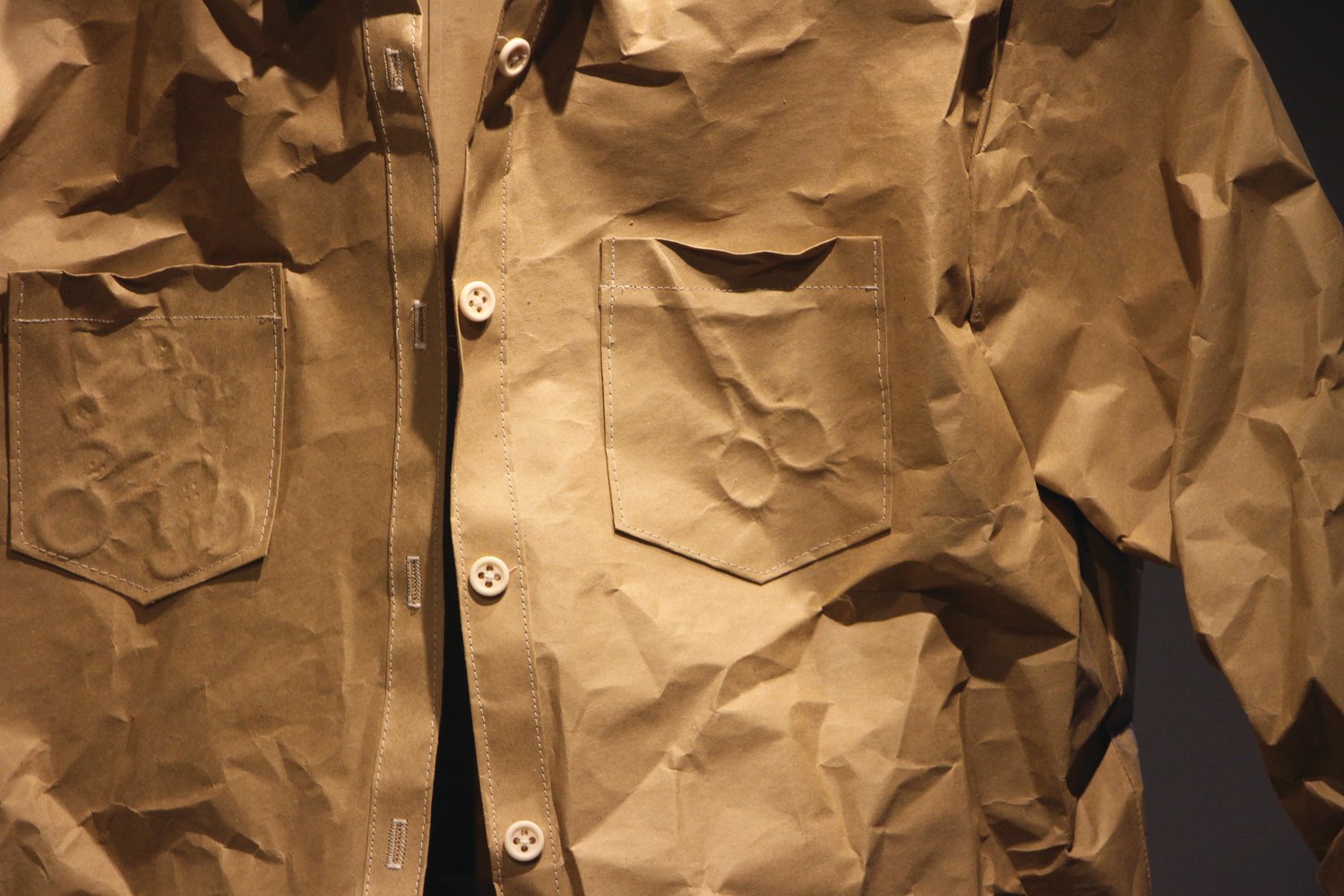Visual artist Karen Lené Rudd’s exhibit at the Jefferson Museum of Art & History has been extended until the end of June.
The “Port Townsend Paper” exhibit showcases …
This item is available in full to subscribers.
We have recently launched a new and improved website. To continue reading, you will need to either log into your subscriber account, or purchase a new subscription.
If you had an active account on our previous website, then you have an account here. Simply reset your password to regain access to your account.
If you did not have an account on our previous website, but are a current print subscriber, click here to set up your website account.
Otherwise, click here to view your options for subscribing.
* Having trouble? Call our circulation department at 360-385-2900, or email our support.
Please log in to continue |
|

Visual artist Karen Lené Rudd’s exhibit at the Jefferson Museum of Art & History has been extended until the end of June.
The “Port Townsend Paper” exhibit showcases her creation of life-size sewn jeans made of Port Townsend Paper Mill brown kraft paper. Sewn on her antique sewing machines, the paper jeans are authentically constructed even down to the stitching, with real metal buttons and rivets.
The concept is a part of “Port Townsend Paper: Past, Present, and Future,” a collaborative series in partnership with the Port Townsend Public Library, city of Port Townsend, Port Townsend Paper Company, KPTZ, and Swan School.
When she saw the series’ call for artists, Rudd had already been making her own clothing.
“I’ve been making jeans and I thought it would be super cool to make them out of paper,” she said.
Rudd said she didn’t want the pieces to look like relics so she crafted the paper into articles of clothing that most people could relate to.
“Most people have jeans,” the artist explained. “They could see themselves in that.”
The idea also married well with her other interests of natural resource use, labor and laborers, and the relationships between people and nature.
“It just seemed to hit the sweet spot,” she said.
With this installation, Rudd was able to link the people, the labor, and the natural resources of the Pacific Northwest.
“I really loved working with the paper,” she said.
In making jeans, Rudd recalled the tradition of creating the pocket bags out of a special fabric because the wearer is the only one who sees it.
“When I was making these paper jeans, first I thought I would make the pocket bags out of paper,” she said, but she saw her opportunity to do something special with the insides of her work.
She transferred black-and-white logging images onto fabric, depicting the diverse laborers throughout the industry’s history.
The images imprinted on the material offer a humanness to the mill and its workers. Paired with the thick stiffness of the brown paper, the jeans stand erect, eerily human-like.
“They wanted to be jeans, the paper did,” she said.
The installation can be viewed between the museum’s hours of 11 a.m. to 4 p.m. Fridays through Sundays.
Check out jchsmuseum.org for details on the exhibit.